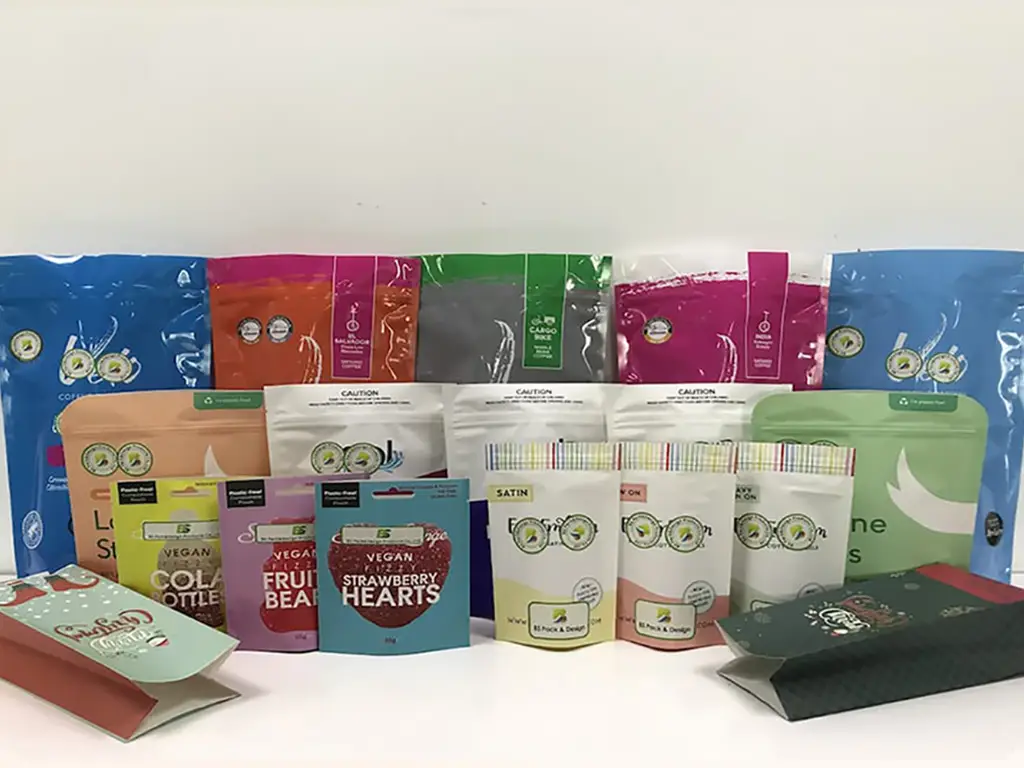Introduction: The Shifting of Flexible Packaging Trends
The global consumer goods market is a very mobile and highly competitive environment, which is subject to constant changes in the world. Fundamentally, packaging materials constitute the all-important contact point, preserving products such as food and personal care products and embodying brand image. Flexible packaging is one of its forms and is highly efficient, adaptable, and has high barrier properties, with broad usage in various flexible packaging applications, including food, pharmaceuticals, and more, taking advantage of its lightweight characteristic. It is a dramatic shift in this important industry. Grand View Research forecasts the global flexible packaging market size to be USD 270.96 billion in 2023 and further estimates it to attain USD 373.34 billion by 2030, with an annual growth rate of 4.8%. This growth in revenue takes place in an environment that is becoming more and more complex. Consumers are insisting on more transparency and sustainability, regulations are introducing harsh new requirements, and fast-evolving technology is redefining production. These are not slight changes but considerable moves that are shaping the strategy of the industry. This blog will discuss seven key trends that are shaping the flexible packaging industry as it heads to an innovative and sustainable future.
Sustainable Packaging: The Core Imperative
The idea of sustainability has taken a central stage in the plastic packaging industry, and there is immense pressure to ensure that the impact on the environment is reduced in the entire lifecycle of a product. In the case of flexible packaging, an industry that is often questioned about the content of the materials used, this imperative is especially severe. The industry is taking action in a multi-faceted way, which is pushing the creation of sustainable packaging solutions.
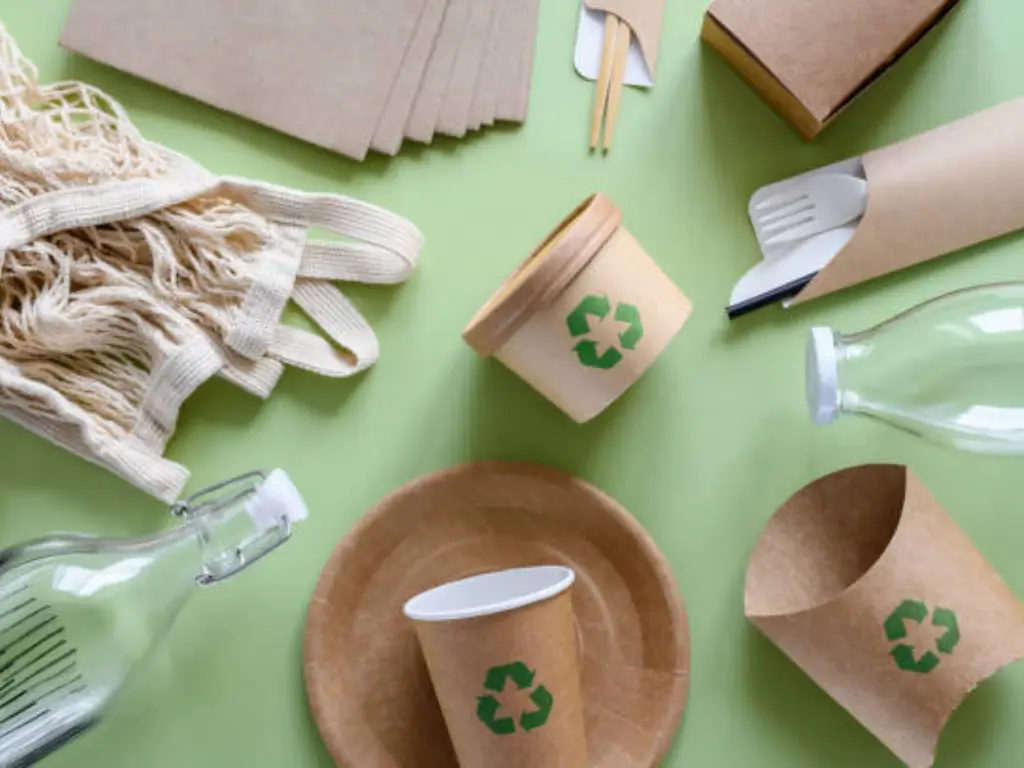
Advanced Material Solutions
The sector is also quickly improving and adopting recyclable packages and compostable materials. This includes a strategic pivot away from multi-material laminates toward mono-material structures (e.g., all-polyethylene (PE) or all-polypropylene (PP) plastic films), which are easier to process in established recycling streams. In addition to traditional virgin materials made out of plastic segments, the market is widely incorporating plant-based plastics and Post-Consumer Recycled (PCR) content, which breathes new life into collected waste, helping to minimize the environmental impact. There is also exploration of other sources, such as agricultural by-products, to point to the future possibilities of circular material flows and prevent waste from entering landfills.
Resource Optimization
This is the trend of developing a package that has much less material but with the same necessary performance. The aim is to have the minimum amount of packaging which is still strong enough to protect and serve its purpose, using the least amount of resources overall and having a high logistical efficiency due to its light weight. In this strategy, the brands are motivated to pursue vigorously the optimization of their material use in all their product lines to be efficient in the use of resources and the resulting waste.
Eco-Friendly Printing Components
One of the most urgent shifts is towards the use of sustainable alternatives to inks and adhesives in flexible packaging. These formulations also aim at the reduction of volatile organic compounds (VOCs) and have a minimal effect on the environment in terms of manufacturing and end-of-life processing. With the selection of these more eco-friendly components, the industry will make sure that the entire packaging, not only the main film, can meet the wider environmental goals.
Design for Recyclability (DfR)
One of the most urgent shifts is towards the use of sustainable alternatives to inks and adhesives in flexible packaging. These formulations also aim at the reduction of volatile organic compounds (VOCs) and have a minimal effect on the environment in terms of manufacturing and end-of-life processing. With the selection of these more eco-friendly components, the industry will make sure that the entire packaging, not only the main film, can meet the wider environmental goals. This plays an important role in minimizing waste.
Smart & Connected Packaging Innovations
The current digital revolution is fundamentally changing what packaging is. Flexible packaging is also growing smarter and interactive, doing more than just containing a product. This development opens up important new consumer interaction opportunities, improves the safety of products, and increases the efficiency of supply chains, which is a great contribution to contemporary logistics.
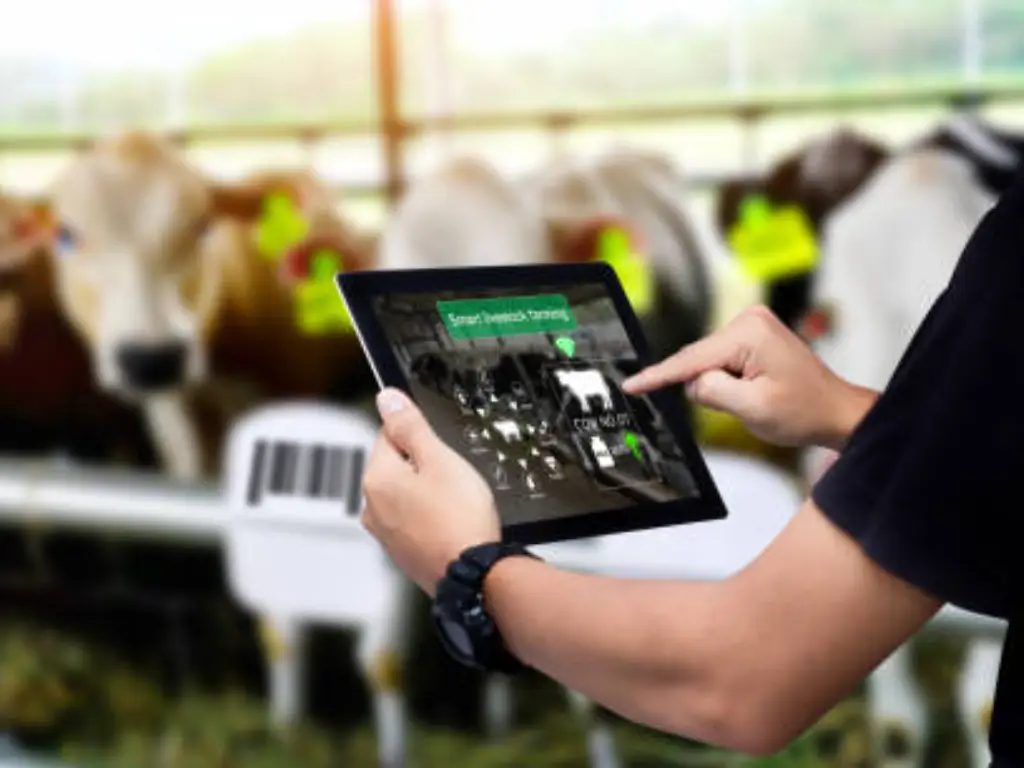
Active Packaging
The category is aimed at prolonging the freshness of products and keeping their quality. Such innovative solutions include certain elements that directly interact with the product or its internal environment. As an example, oxygen scavengers are used to absorb the excess oxygen and prevent spoilage in products such as coffee, whereas moisture absorbers keep snacks crispy as desired. These technologies play an important role in maintaining perishable items, especially foodstuffs, thus preventing food waste and increasing the shelf life of the products by a considerable margin.
Intelligent Packaging
Intelligent packaging uses digital components to offer real-time details and increase traceability. Visual indicators, such as temperature-sensitive labels, are becoming more prevalent, as well as technologies that include QR codes, NFC (Near Field Communication) tags, and RFID (Radio-Frequency Identification) tags. These capabilities enable consumers to get more information about the product, authenticate the product, examine expiry dates, or get usage guidelines by just scanning with their mobile phones. In the case of brands, this comes in the form of effective anti-counterfeiting strategies, enhanced inventory, and unmatched supply chain visibility.
Connected Packaging
This idea goes a step ahead in making features intelligent by enabling direct, dynamic communication between the brand and the consumer. Consumers can get exclusive content, enroll in loyalty programs, or interact with an interactive marketing campaign by scanning a unique code or tapping a tag on the package. This forms a very strong feedback loop, where brands can develop stronger relationships with their customer base and gain access to invaluable data about consumer preferences and behavior, essentially making a physical package a direct communication channel.
Convenience Drives Consumer Adoption
Convenience is one of the core requirements in modern consumer markets. The flexible packaging can support this need as it is constantly evolving to fit the lifestyles on the go and the shifting consumption structures. The pouches category of flexible packaging plays a significant role in enhancing this convenience.
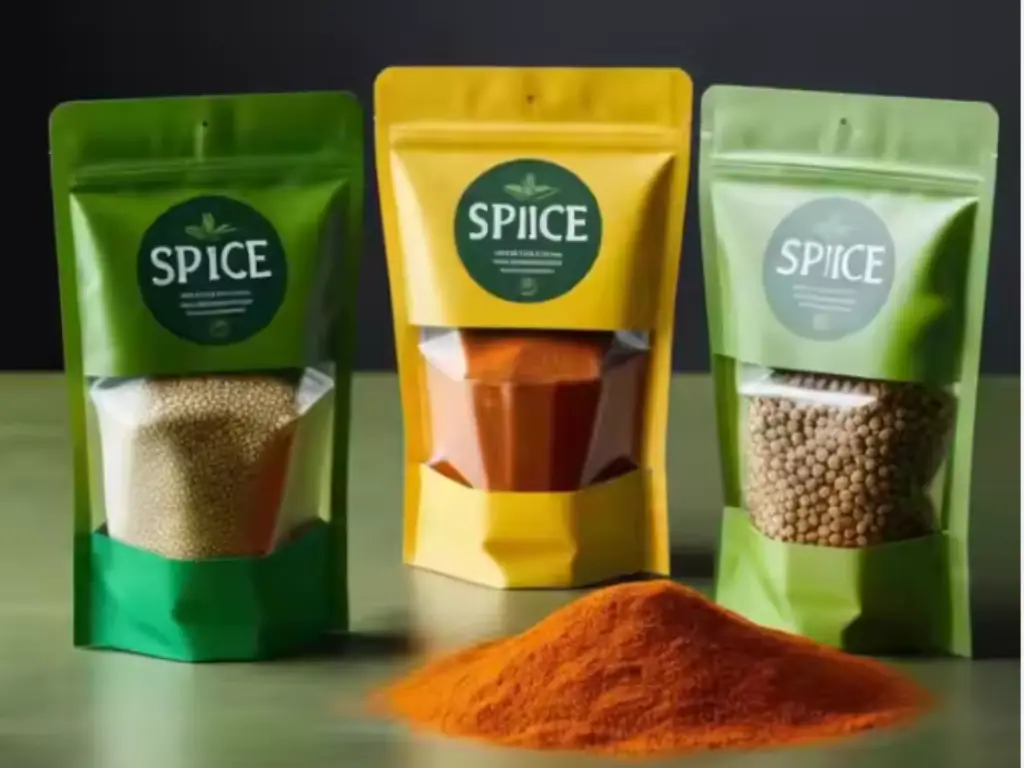
Effortless Access and Storage
One of the key characteristics that has made it easy to adopt among consumers is the prevalence of easy-open and resealable mechanisms. This comprises solutions such as tear notches, peel-and-reseal labels, and different zipper closures. These characteristics provide easy opening and reclosability that is vital in keeping products fresh once opened. The latter design feature is especially relevant to multi-serving products, as it enables the consumer to consume a certain amount of the contents and securely store the rest without losing it to degradation.
Portability and Portion Control
The creation of portable packaging as well as portion-controlled packaging is a direct response to the needs of busy people. Single-serving pouches are small, segmenting solutions to snacks, beverages, or supplements that can be incorporated into different daily routines without issues. Such a design not only provides great degrees of portability, but also allows dietary management due to the ability to control portions, as consumer trends shift towards healthier eating habits.
Microwaveable Solutions
Convenience food has been greatly developed by the incorporation of microwaveable packaging. Plastic films that are flexible and specifically designed to resist microwave temperatures enable the consumer to heat and eat the meals right out of the package. This feature shortens preparation time and eases cleanup, which is very beneficial to instant meals and ready-to-eat food products.
Digital Printing: Unleashing Customization
Digital printing is changing the packaging world, which was traditionally focused on large-scale production methods. The technology is a game-changer when it comes to the democratization of high-quality and customized packaging and the opening of new flexibility horizons. It enables brands to have shelf expression agility. The Flexible Packaging Association (FPA) mentions the growing momentum of digital printing in the field.
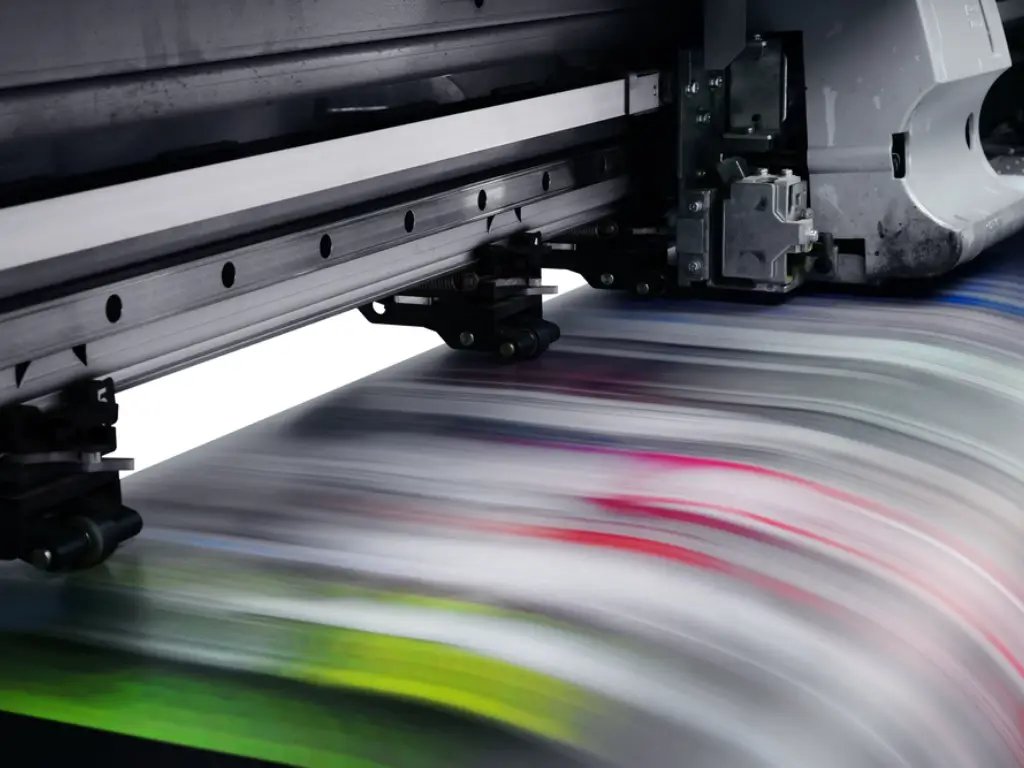
Digital printing has several interesting benefits for flexible packaging:
- ● Accelerated Time-to-Market and Prototyping
Digital printing avoids the plate or cylinder production, which is expensive and time-consuming in traditional printing. In days, as opposed to weeks or months, brands can move from concept to physical sample, reducing lead times to launch products faster and respond nimbly to market needs. This affects the design of the packaging materials and prototypes.
- ● Unmatched Customization and Personalization
Digital printing shines with its ability to do short runs, multiple SKUs (Stock Keeping Units), and variable data printing, where each package can have individual graphics or messages on it. It is perfect for limited runs, precision marketing, individualized marketing, or effective A/B testing without enormous print obligations.
- ● Enhanced Cost-Effectiveness for Shorter Runs
With digital printing, the cost per unit is comparatively similar regardless of the quantity opposed to the traditional methods that have a big initial tooling expense. This dramatically reduces the entry barrier of small and medium-sized businesses (SMBs) and startups, letting them reach a high quality of premium packaging and compete, even when investing in machinery is minimal.
- ● Exceptional Design Flexibility
Digital printing contributes to the reproduction of complex and vivid graphics, fine details, smooth gradients, and photo-realistic images with extremely high accuracy. Designers no longer have to be bothered with plate limitations, and this presents a vast range of creative freedom when it comes to the aesthetics of packaging.
To understand digital printing’s strategic role, here’s a comparison of its capabilities against established counterparts:
| Feature/Technology | Digital Printing | Gravure Printing | Flexographic Printing |
| Plate/Cylinder Costs | None | Very High (expensive engraved cylinders) | Medium (photopolymer plates) |
| Minimum Order Quantity (MOQ) | Very Low (ideal for short runs, prototypes) | Very High (requires massive runs) | Medium to High |
| Lead Time (from art to print) | Fast (days) | Slow (weeks for cylinder production) | Medium (days to weeks for plate production) |
| Print Quality | High (fine detail, variable data) | Extremely High (rich colors, sharp detail) | High (versatile, good for solid colors and halftones) |
| Customization/Variable Data | Excellent (unique prints per package) | Not supported (fixed image) | Limited (requires multiple plates for variations) |
| Ideal Scenario | Short runs, multiple SKUs, rapid prototyping | Very long runs, premium packaging | Medium to long runs, cost-effective for large volumes |
| Flexibility | Extremely High (quick design changes) | Low (costly to change designs) | Medium (plate changes possible) |
Regulatory Landscape & Compliance
The growing concern about the protection of the environment and the safety of consumers has caused a tremendous growth of regulations affecting the packaging business. The global, regional, and national laws that govern flexible packaging and brands have now created a complex and ever-changing framework that manufacturers and brands have to navigate. Compliance with these regulations is of high importance to the continuity of operations and brand reputation. On these issues, the FPA frequently advises.
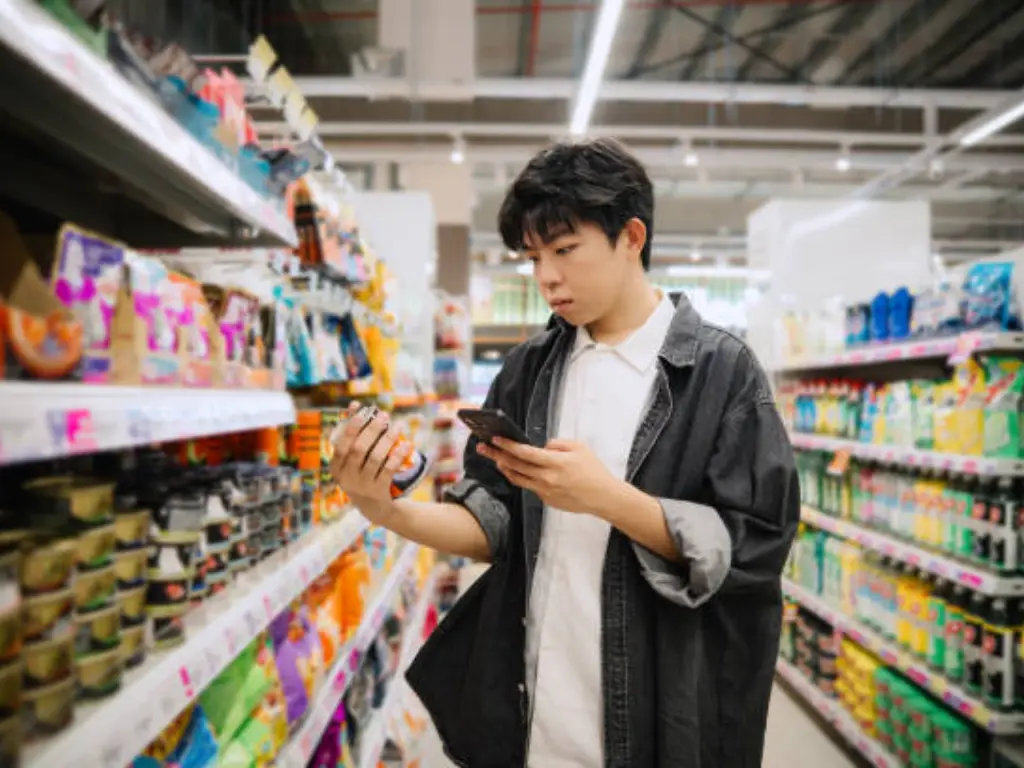
A global trend in legislative development is the active promotion of Extended Producer Responsibility (EPR) initiatives that make brands responsible throughout the lifecycle of their packaging. An example is Europe, which is leading with its ambitious directives such as the Packaging and Packaging Waste Regulation (PPWR), which affects nations, including Germany and Spain. This regulation includes targets of recyclable packaging, recycled content and waste reduction, and future taxes on plastic segment packaging. More of such policies are also taking shape in North America and Asia Pacific (including Japan and South Korea), forming a heterogeneous group of requirements that put industry players on constant alertness.
In addition to environmental requirements, the priority is food safety and traceability, ensuring product integrity. The flexible packaging, especially of foodstuffs and pharmaceutical products, is subject to strict guidelines with respect to the material content, migration levels, and the processing procedures. Tracing a product through its full supply chain is a basic capability, often required by regulation, that increases transparency.
It is important to follow the established industry standards, including ISO, BRC, and regional certification of packaging requirements. These standards give existing criteria of quality, safety, and environmental performance. Compliance is a demonstration of how determined a company is to adhere to best practices and operations. Keeping up with these constantly changing demands is a constant challenge, but it is a non-negotiable item to be able to operate in the global marketplace responsibly and efficiently.
E-commerce’s Impact on Packaging
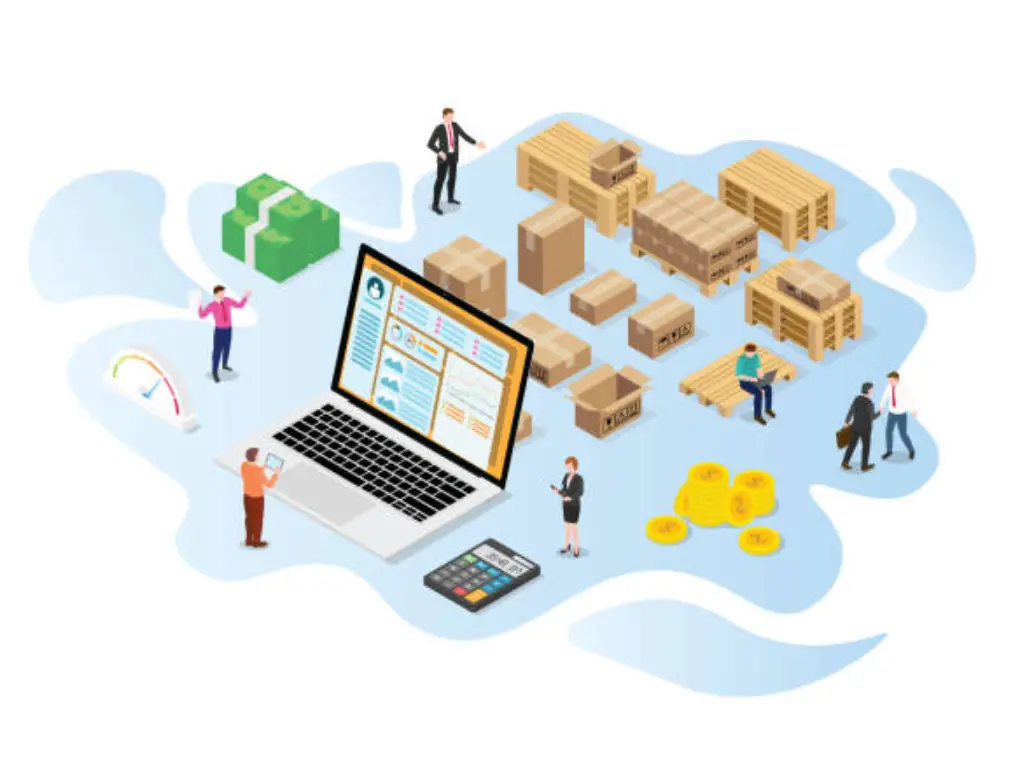
The explosive development of e-commerce has radically transformed consumer buying behavior and, by extension, the requirements made on flexible packaging. Direct-to-consumer delivery model tends to expose the product to harsher transit conditions compared to the traditional retail channels, which requires a packaging that is both protective and communicative of the brand. This comes with a need of better protection, since products sent directly to consumer are handled more and can be affected more easily; flexible packaging needs to be able to provide a solid defense against punctures, moisture and temperature changes, taking advantage of its barrier capabilities, at the same time being as light as possible to ensure lower shipping prices and reduce carbon footprint. Also, tamper-evident and security features are important, since consumers receive products in good condition, flexible packaging may use seals or special closures that can show whether a product has been tampered with. Lastly, the unboxing experience has become a marketing tool that has gathered momentum. A customizable package with its shapes, colorful prints, and tactile finishes becomes a direct brand touchpoint once received, which is an essential element in making the experience memorable and shareable, thus driving loyalty and, possibly, positive social media interaction.
Future Outlook & Emerging Technologies
Flexible packaging is an industry that is constantly innovating, aggressively expanding the envelope of what can be done. This is motivated by sustainability, improvement in functionality, and satisfying consumers. The future trend is indicative of great progress and dynamic market forces.
Advanced Recycling Technologies
A major possibility of development lies in the recycling process technology, especially of multi-layer flexible plastics, which have been difficult to recycle. Mechanical recycling is limited by its nature, but chemical recycling can be viewed as a viable alternative. It is a process in which plastic film waste is converted into its molecular building blocks, and then those building blocks are utilized to make new, virgin-quality plastics. That effectively creates a more circular system even in the case of complex flexible structures, which would otherwise have gone to landfills.

Biotechnology in Materials
Biotechnology will also have a growing role in material science, in packaging materials. In addition to existing plant-based plastics, scientists are looking at ways that microbial engineering can create biodegradable polymers or that agricultural waste can be repurposed into new types of packaging. The breakthroughs can offer genuinely sustainable packaging options as alternatives to conventional fossil-fuel-based plastics.
AI Integration in Packaging
Another revolution is the implementation of Artificial Intelligence (AI). AI can be used in the optimization of the packaging design to reduce material usage, in the simulation of behavior under different conditions, and in the streamlining of production lines to generate minimal waste. AI-equipped sorting equipment in the recycling industry is making sorting of waste more efficient and accurate, meaning that more flexible packaging can be recycled and re-enter the value chain, reducing contamination.
Global Market Growth and Challenges
Moving forward, the global flexible packaging market will remain strongly backed by revenue growth, particularly in the developing economies, such as Asia Pacific, including nations, such as China and India, where consumers are fast changing their consumption trends. These regions are the target of major players in the market. The transition of the industry will be a process that includes overcoming such challenges as scaling new technologies and developing strong recycling infrastructures. Nevertheless, the dynamic nature and the innovative power of the industry imply that it will be able to respond to these changing needs very effectively.

Baishen Pack: Your Trusted Partner in Premium Flexible Packaging
Since 2012, Baishen Pack has empowered global brands with high-quality custom flexible packaging. We specialize in food-grade, FDA/SGS/ISO certified materials, ensuring product safety and compliance. Leveraging advanced HP Indigo digital printing, we achieve up to 97% PANTONE® color matching for stunning shelf appeal. Our industry-leading turnaround delivers digital print orders in just 7-10 business days – significantly faster than competitors. With flexible MOQs starting at 500 units, we support all scales. Our rigorous in-house QC, including comprehensive barrier and durability tests, guarantees superior moisture, oxygen, and puncture resistance. Choose Baishen Pack for ultimate product protection, extended shelf life, and a decisive market advantage.
Conclusion: Packaging Tomorrow, Today
Flexible packaging is an industry that continuously transforms itself to fit contemporary needs. Its future, as examined, is marked by the unstoppable pursuit of sustainability, the introduction of smart and connected technology, and the consumer demand for convenience. At the same time, digital printing, changing regulatory environment, and e-commerce are transforming the paradigms of operations. The industry has its fair share of challenges, whether it is scaling new packaging materials, creating efficient circular economies, or decreasing landfills. However, a sustainable future of continued innovation in material science, printing technology, and supply chain management indicates a strong and flexible future. Major market players such as Baishen Pack are leading the pack, offering high-quality, customized, and advanced sustainable packaging solutions. They enable brands to manage these trends and develop sustainably towards a more innovative future, which affects brand success and environmental responsibility.

